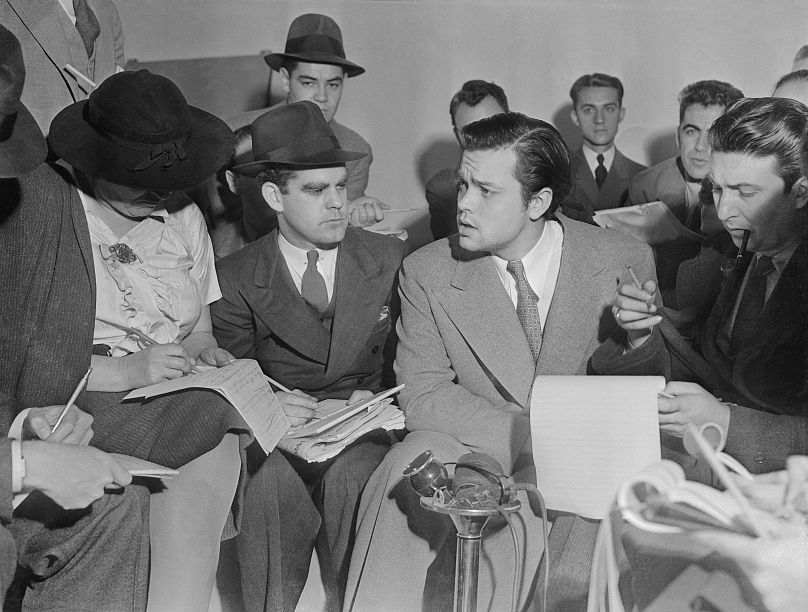30 October 1938: When a radio broadcast convinced people that aliens were invading
‘The War of the Worlds’ is an early work of science fiction, written as a novel by English author H. G. Wells between 1895 and 1897. After the popularity of his previous novel ‘The Time Machine’, Wells explored possibility of an alien invasion of Earth.
Told from the perspective of two brothers dealing with a Martian invasion in Surrey, England, ‘The War of the Worlds’ was a critical success and has been praised for its vivid descriptions of an alien invasion. The novel is considered one of the most influential sources on sci-fi, with many writers including Isaac Asimov, Arthur C. Clarke, and Margaret Atwood all citing Wells as an inspiration. It also popularised the term “Martians”.
But the most influential cultural moment for Wells’ ‘The War of the Worlds’ would come more than 40 years later, when it was first adapted for radio.
‘The War of the Worlds’ was first published periodically in magazines in 1897 before its full release as a novel in 1898. It has since been given unofficial sequels and been adapted a huge number of times. Notably inclusions are Steven Spielberg’s excellent 2005 film, and an admirably faithful BBC TV adaptation in 2019.
However, it was the first proper adaptation that has made history. At 8pm on this day in 1938, as part of a Halloween special edition of the ‘The Mercury Theatre on the Air’, actor Orson Welles (no relation to H. G.) directed and narrated the adaptation for CBS Radio.
Welles’ version employed a clever narrative tactic. The first two thirds of the show were conducted as a standard dance music radio show that was increasingly interrupted by emergency news bulletins detailing the ongoing Martian invasion.
The inspiration for the adaptation came from 1926 radio hoax by the English Catholic priest and radio broadcaster Ronald Knox. In his ‘Broadcasting the Barricades’ show, Knox presented a fictional story of a revolution on the streets of London as a real news bulletin. The show caused a minor panic when, due to snowy weather, many Brits didn’t receive any newspapers to disprove the story.
Welles’ idea worked. It worked too well, if you are to believe the oft-told story about that initial broadcast. Half an hour into the broadcast, executive producer Davidson Taylor was told by the radio station to inform listeners it was fiction. The broadcast wasn’t changed and when it was finished, the production team was swarmed by police officers, newspaper reporters and photographers.
Some listeners, primed by the pre-war tensions over in Europe, had readily believed Welles’ convincing script. In response, CBS faced multiple calls from these listeners to verify what they were hearing. Over the course of the next day, US media outlets reported mass hysteria as Americans had believed Martians were imminently coming for them.
Supposedly, Welles and the Federal Communications Commission received more than 2,000 letters over the panic. Welles and the cast were also mobbed after leaving the studio with many cast members taking calls to reassure listeners. In 1940, Princeton professor Hadley Cantril calculated that of the six million people who listened to the show, 1.7 million believed it to be a real broadcast and 1.2 million were frightened.
Many of these stories though have been doubted in the years following. The reports by the press of mass hysteria are now mostly believed to have exaggerated the degree to which people believed in the broadcast. Similarly, although some listeners did call in for reassurance, it’s now understood that that represented a minority of listeners.
Still, the story remains a legendary one from the annals of radio history.












